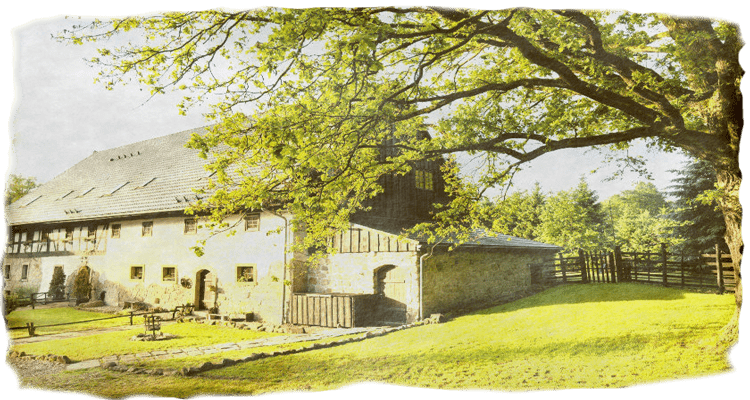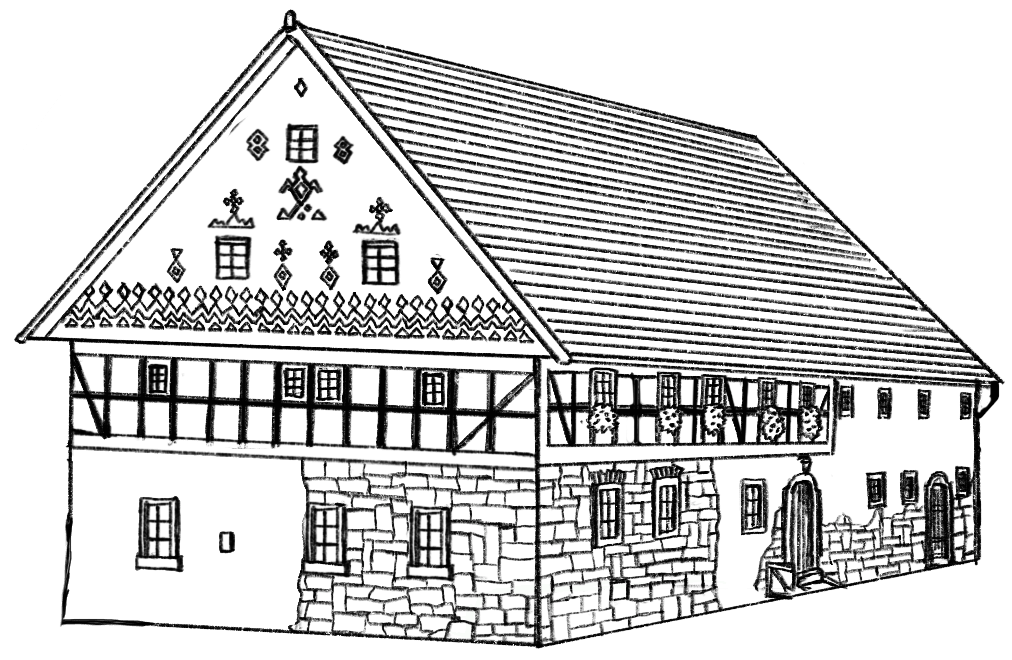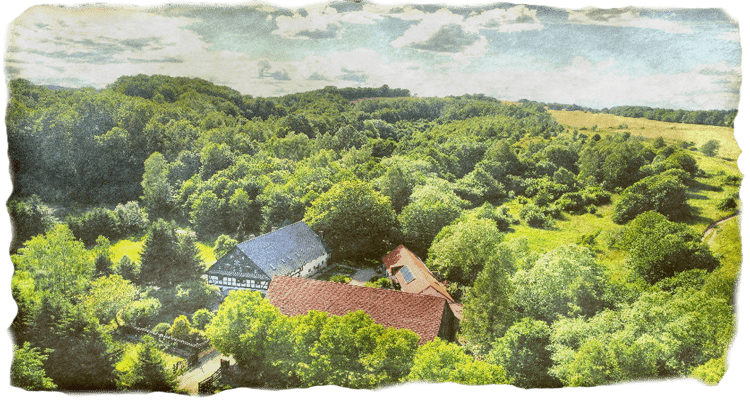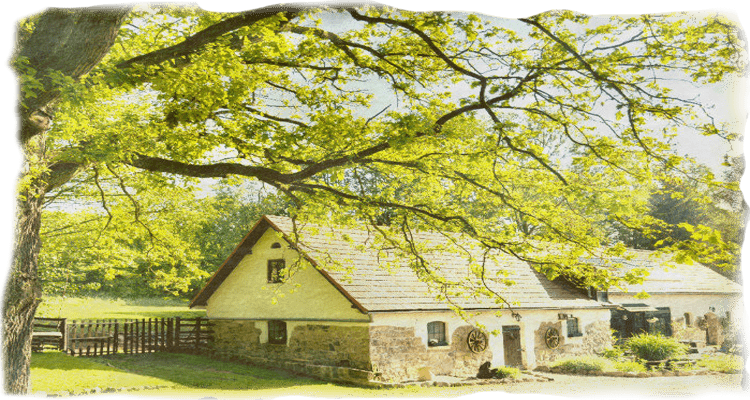Legnica: A Central Stage Of History
Early Beginnings and Economic Significance
Legnica's history dates back to its founding in the early 13th century when it emerged as a prominent town within the Duchy of Silesia. The city's development was significantly boosted by its position along major European trade routes, which facilitated the exchange of goods and cultural influences between the East and West. Its economic prowess was further enhanced by its membership in the Hanseatic League, a powerful medieval trading alliance.
Battle of Legnica (1241) – The Mongol Invasion
The first major battle in Legnica's history occurred on April 9, 1241, during the Mongol invasion of Europe. Under the leadership of Batu Khan and General Subutai, the Mongol forces clashed with an army comprising Polish duchies and military orders, including the Teutonic Knights. The battle resulted in a catastrophic defeat for the European forces, and Duke Henry II the Pious of Silesia was slain. This event left a significant mark on the region, leading to political and social upheaval. The Mongol victory at Legnica demonstrated their formidable military tactics, which involved rapid movements and the strategic use of the terrain to confuse and decimate their opponents.
The Seven Years' War – Battle of Legnica (1760)
On August 15, 1760, Legnica was again the focal point of conflict during the Seven Years' War, as Frederick the Great led his Prussian forces against Austrian troops. This battle, though not decisive, was marked by intense combat and significant casualties on both sides. Frederick's tactical maneuvers during this battle were notable for their complexity and daring, although the Austrians managed to hold their ground. This confrontation exemplified the changing nature of military engagements in the 18th century, with greater emphasis on artillery and infantry coordination.
Napoleonic Wars – Battle of Legnica (1813)
The third major battle near Legnica (Schlacht an der Katzbach)
took place on August 15, 1813, amidst the broader coalition wars against Napoleon. Allied forces, comprising Prussian and Russian troops, encountered and defeated a French army, reinforcing the strategic shift against Napoleon's dominance in Europe. The success of the Allied forces at Legnica played a crucial role in boosting the morale of Napoleon's adversaries and underscored the effectiveness of multinational cooperation in military campaigns.
Architectural and Cultural Heritage
Today, Legnica's rich history is encapsulated in its preserved architecture and cultural sites. The Piast Castle, which once served as the stronghold for the dukes of Silesia, now houses museums that offer insights into the region's feudal and military past. The Cathedral of Saints Peter and Paul, dating back to the 13th century, is renowned for its Gothic architecture and houses precious art, including medieval tombstones and baroque altars.
Modern Legnica
In contemporary times, Legnica has embraced its historical heritage while also adapting to modern demands. The city is known for its vibrant cultural scene, hosting numerous festivals and events that celebrate its history and traditions. Educational institutions and modern industries have also taken root in the city, contributing to its economic stability and growth.
Your Trip To Legnica
Legnica’s storied past and dynamic present make it an enduring symbol of resilience and cultural richness in Poland, inviting travelers and historians to discover its many layers of history and beauty.
Visitors to Legnica can explore a variety of attractions, from the historical market square, lined with meticulously restored burgher houses, to the numerous parks and green spaces that offer a tranquil escape from the urban environment before returning to nature at The Lodge.
Distance:
50 km
Drive time:
60 min
Duration:
min. 4-5 h







